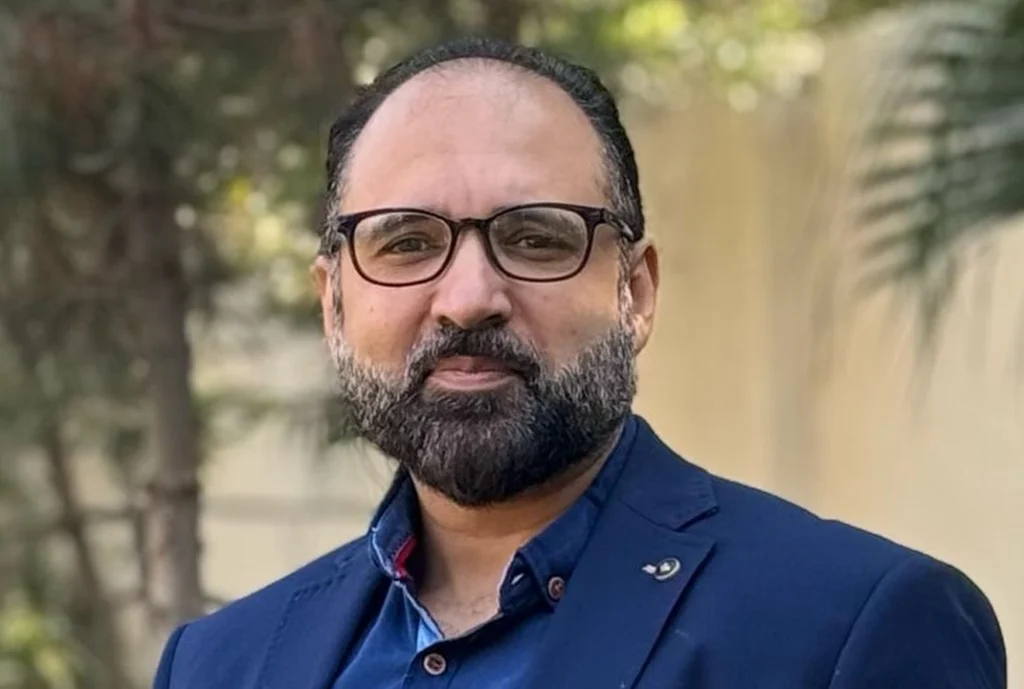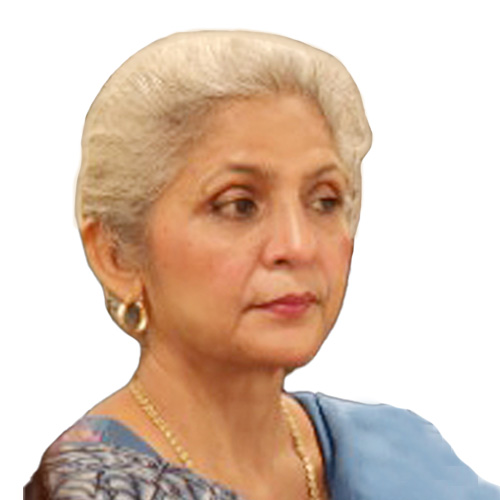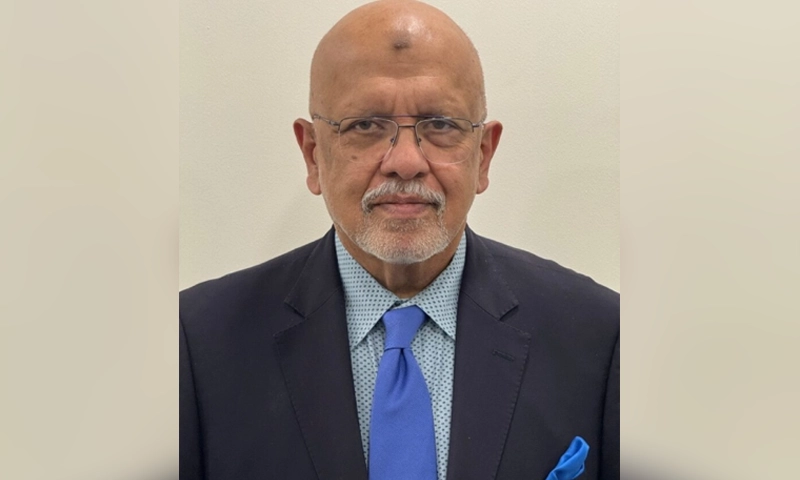- Rehan Ahmed
- Sep 16, 2025
Digitizing healthcare: the future of medicine with Blockchain, AI, IoT, 5G & the Metaverse
The shift in the healthcare sector is imminent and gaining momentum due to the current technological advancements. New technologies like Blockchain, Artificial Intelligence (AI), the Internet of Things (IoT), Fifth-generation network (5G) and the Metaverse (AR/VR) are combining to create a new generation of healthcare. This is because the conventional healthcare systems have some challenges that include; data is stored in different hospitals and healthcare facilities, health access is a problem in the rural and underdeveloped areas, according to the World Health Organization (WHP) about 10 per cent of the medical products in low and middle income countries are substandard or falsified, and then there is the issue of security and privacy of patient’s information as well as cyber security. The solution? It is a digital, decentralised healthcare system based on Blockchain, AI, IoT, 5G, and the Metaverse.
Let’s start with blockchain – the de facto future of secure and decentralised healthcare.
Blockchain technology offers an efficient and secured way of data management in the health care sector. Patient records, insurance claims and pharmaceutical supply chain can be stored on a digital ledger that cannot be altered easily – hence it reduces fraud, delays and unauthorised access.
A real world case study is the blockchain healthcare system of Estonia. Their national electronic health records system was established in 2012 and the patient can manage their health information remotely. The system has enhanced the accuracy of the data collected and at has lessened the costs of the operations by 30 per cent.
Key benefits of blockchain in healthcare include, first and foremost, the digital Identities & EHRs. This ensures that every patient has a single, secure record that cannot be created twice. Drug traceability is another. Blockchain ensures the authenticity of the drugs and helps in preventing fake drugs in markets in Africa and Asia. Smart contracts for insurance, yet another such benefit, facilitates swift and efficient processing of insurance claims without any chances of fraud.
AI in healthcare is ‘Smart, Fast and Personal’.
AI is changing the practice of medicine, making diagnoses, treatments, and hospitality better. A real world case study for this can be found in the incorporation of AI in detecting cancer.
According to a study conducted by Google’s DeepMind AI, it has been found that the technology is better than radiologists in detecting breast cancer with 9.4 per cent accuracy. Other AI powered diagnostics programs like IBM Watson Health analyse millions of patient’s data to recommend the best treatment options.
Among the key AI healthcare applications are AI based diagnostics. It finds diseases early on for Alzheimer’s, diabetes and cancer. Robotic Surgery, which involves real sense robotic surgeons, offers surgery with precision and with minimum invasion. Another key application here is of predictive analytics. It helps in early detection of epidemics such as COVID-19 that aids governments in early intervention.
Now let’s talk about IoT & smart devices – health watch. The use of IoT enables patient monitoring through wearables, implants and hospital equipment. For this the real world example can be found in our neighbourhood – IoT in Indian rural healthcare.
In India, IoT enabled remote patient monitoring devices collect vital signs like blood pressure, oxygen saturation and ECG strains in villages where there are limited number of doctors. This has cut down on the number of emergencies by 40 per cent, reducing the load on hospitals especially in the rural areas.
Wearable health trackers monitor heart rate, sleep and stress. IoT smart hospitals can utilise these trackers. Connected devices enhance ventilators, beds and emergency systems and improves remote patient monitoring (RPM) as well. This model of care helps patients in managing chronic diseases like diabetics, and thereby help in decreasing the number of hospital admissions.
Now let’s discuss 5G enabling real time telemedicine and robotic surgery. 5G’s high speed and low latency enables real time medical communications and robotic surgeries. In 2019, a Chinese surgeon operated to remove a liver from a patient 3,000 km away using a 5G connected robotic system. The surgery was 100 per cent successful, thus showing the viability of 5G in telemedicine globally.
Doctors perform life-saving operations and consultative services with real time imaging. Faster emergency response through 5G minimises the time delays in communication of the ambulances, which improves the treatment of the patient with trauma.
The Metaverse of a new healthcare environment combines AR & VR in healthcare to improve patient care, therapy, and training. The United States Department of Veterans Affairs has employed virtual reality therapy to help soldiers with post-traumatic stress disorder and other anxiety disorders. VR exposure therapy has helped reduce the severity of PTSD among war veterans by 50 per cent.
In terms of real world healthcare applications, this can be incorporated into virtual medical training. Simulations based on virtual reality help surgeons to operate without needing to experiment on actual patients. 3D medical imaging offers augmented reality in visualisation of complex organs, which increases the accuracy of surgery. VR meditation therapy is also used in pain management and mental health treatment.
The way forward then is one towards a global digital healthcare system. These are next generation technologies and these are the tools of a borderless, intelligent and secure healthcare system. Healthcare is not just about hospitals. It is about healthcare that is based on data and which is available for everyone. This can only be done by the collaboration of governments, hospitals, tech companies, and researchers to embed Blockchain, AI, IoT, 5G & the Metaverse into the healthcare system.
The global healthcare sector is evolving, and the pace of change is accelerating. The question is: Are we ready for it?





